Hiba Dakdouk
Cooperative Sensing of Side Lobes Interference for mmWave Blockages Localization and Mapping
May 14, 2024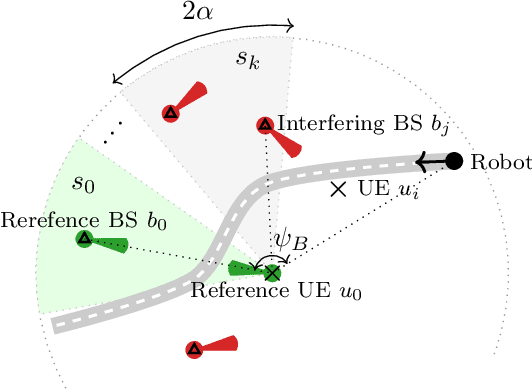
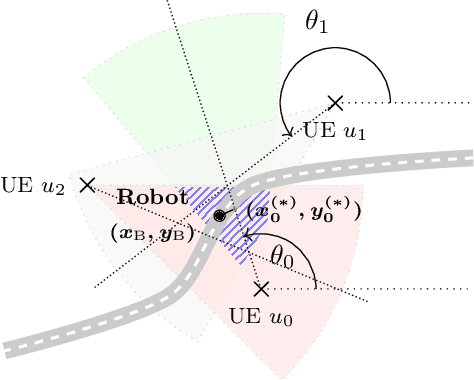
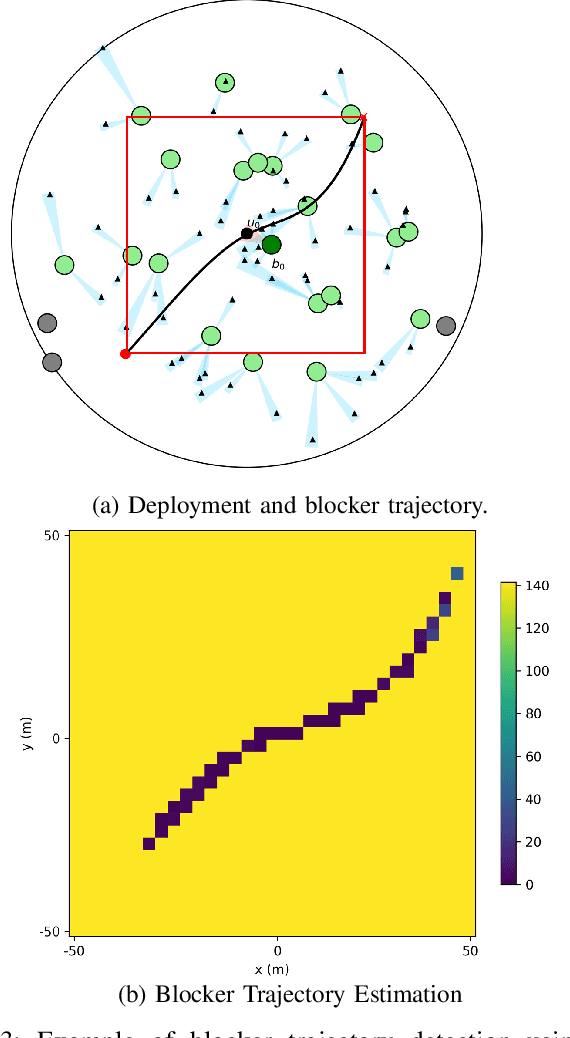
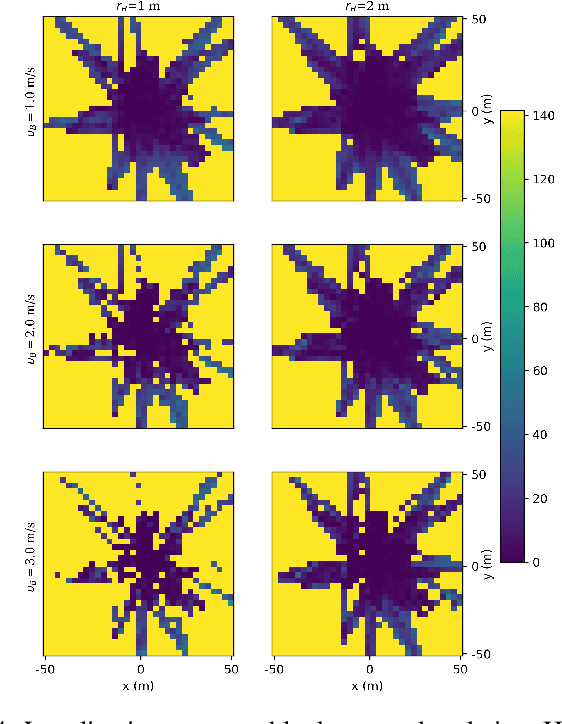
Abstract:Radio localization and sensing are anticipated to play a crucial role in enhancing radio resource management in future networks. In this work, we focus on millimeter-wave communications, which are highly vulnerable to blockages, leading to severe attenuation and performance degradation. In a previous work, we proposed a novel mechanism that senses the radio environment to estimate the angular position of a moving blocker with respect to the sensing node. Building upon this foundation, this paper investigates the benefits of cooperation between different entities in the network by sharing sensed data to jointly locate the moving blocker while mapping the interference profile to probe the radio environment. Numerical evaluations demonstrate that cooperative sensing can achieve a more precise location estimation of the blocker as it further allows accurate estimation of its distance rather than its relative angular position only, leading to effective assessment of the blocker direction, trajectory and possibly, its speed, and size.
Sensing of Side Lobes Interference for Blockage Prediction in Dense mmWave Networks
Jun 30, 2023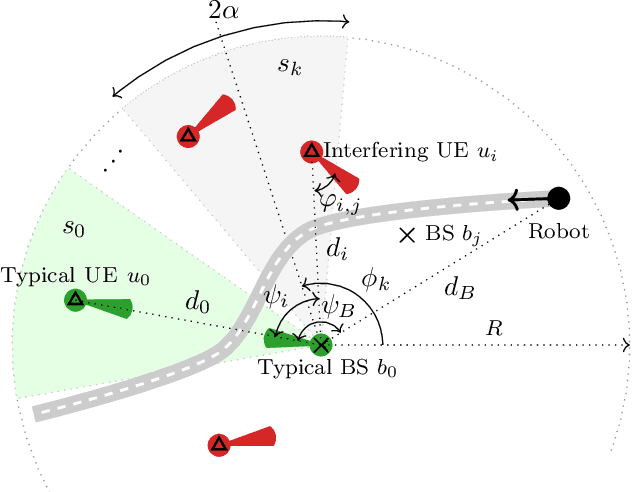
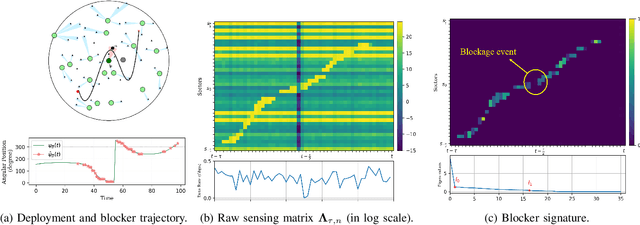
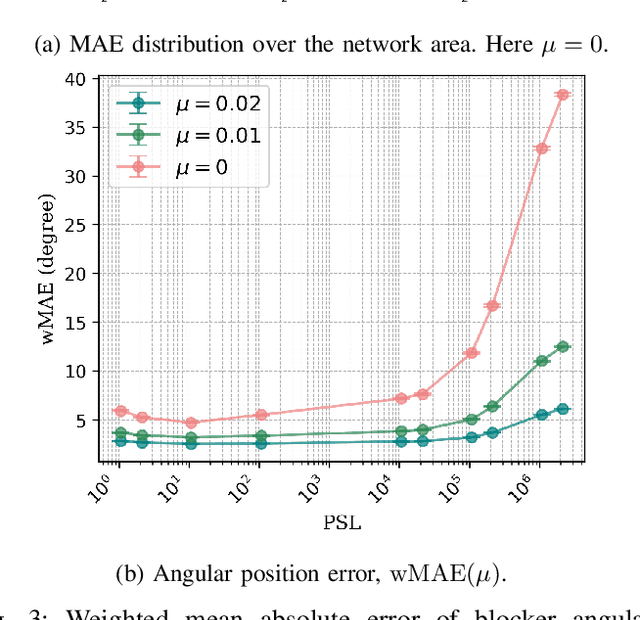
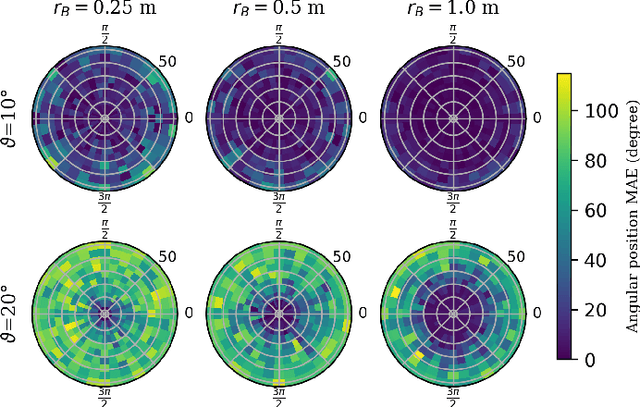
Abstract:The integration of sensing capability in the design of wireless communication systems is foreseen as a key enabler for efficient radio resource management in next-generation networks. This paper focuses on millimeter-wave communications, which are subject to severe attenuation due to blockages, ultimately detrimental to system performance. In this context, the sensing functionality can allow measuring or even imaging the wireless environment allowing anticipation of possible link failures, thus enabling proactive resource reallocation such as handover. This work proposes a novel mechanism for opportunistic environment sensing, which leverages existing network infrastructure with low complexity. More specifically, our approach exploits the fluctuations of interference, perceived in antenna side lobes, to detect local activity due to a moving blocker around the reference communication link. Numerical evaluations show that the proposed method is promising as it allows effective assessment of the blocker direction, trajectory and possibly, its location, speed, and size.
 Add to Chrome
Add to Chrome Add to Firefox
Add to Firefox Add to Edge
Add to Edge